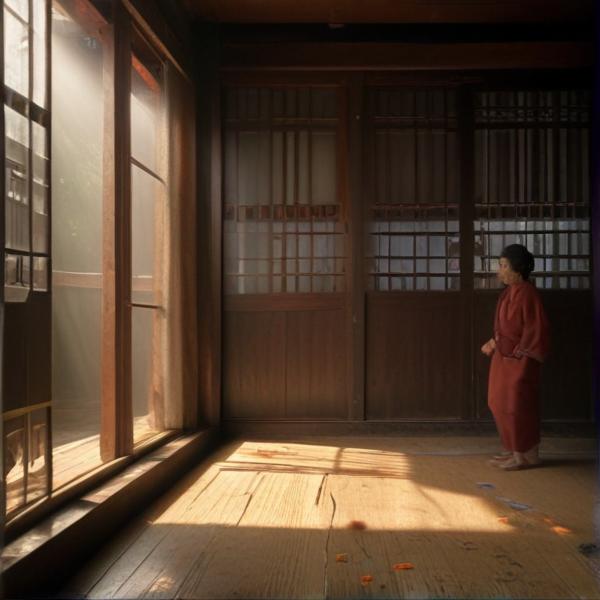基本信息 (Basic Information)
含义与用法 (Meanings & Usage)
中文核心释义 (Core Chinese Meaning): 长时间用火煮食物;忍受、坚持度过困难或痛苦。
英文核心释义 (Core English Meaning): To boil or stew for a long time; to endure or persevere through hardship or suffering.
象形意义 / 为何这么写 (Pictographic Meaning / Writing Rationale)
文言文释义 (Classical Chinese Meaning)
与现代意义相近,但在文言文里偏重于长时间煎煮,也可指忍受。Similar to modern meaning, though Classical Chinese usage emphasized prolonged boiling and, sometimes, endurance.
深入学习 (In-depth Study)
字源故事 (Origin Story)
字形演变 (Character Evolution)
常用词语和例句 (Common Words & Examples)
熬夜 (to stay up late; to burn the midnight oil)
他为了赶项目经常熬夜。
Eng: He often stays up late to meet project deadlines.
熬汤 (to simmer or stew soup for a long time)
奶奶每天早晨都会熬汤给全家喝。
Eng: Grandma makes soup by simmering it every morning for the whole family.
熬粥 (to slowly cook porridge)
用小火慢慢熬粥,味道会更好。
Eng: Cooking porridge slowly over low heat makes it taste better.
相关成语 (Related Idioms)
熬更守夜
Meaning: to stay up late and keep watch at night
多语言翻译 (核心释义) (Translations (Core Meaning))
- French: Mijoter; endurer
- German: Lange kochen; aushalten
- Spanish: Cocer a fuego lento; soportar
- Italian: Bollire a lungo; sopportare
- Portuguese: Cozinhar lentamente; aguentar
- Russian: Долго варить; выносить
- Arabic: يطبخ على نار هادئة؛ يتحمّل
- Persian: با حرارت ملایم پختن؛ تحمل کردن
- Dutch: Lange koken; volhouden
- Polish: Długo gotować; znosić
- Vietnamese: Ninh lâu; chịu đựng
- Ukrainian: Довго варити; витримувати
视频学习资源 (Video Learning Resources)
通过以下链接在热门视频网站搜索 "熬" 的更多讲解:
Search for more explanations of "熬" on popular video sites:
- 在 Bilibili.com 搜索 "熬 字源 说文解字" (Search on Bilibili)
- 在 YouTube.com 搜索 "ao character origin etymology" (Search on YouTube)
网络参考 (Web References for "熬") ()
网络内容摘要 (Web Content Summary):
熬 的核心含义是用火长时间煮,例如熬粥、熬汤。在现代汉语中,还引申为“忍受、坚持”,如“熬夜”指的是长时间不睡觉。熬 mainly means to cook something for a long time over fire, e.g., making porridge or soup. In modern Chinese, it also extends to the idea of "enduring" or "tolerating," as in "熬夜" (staying up late).
字形上,“熬”是形声字,上面是“敖”表示读音,下面“火”表示与火有关。部分古文字还以“麦”替下部,“以火煮谷物”的意思更明确。这揭示了它与粮食加热、烹煮的关系。The character is phono-semantic: “敖” on top for pronunciation, and “火” (fire) below showing the meaning related to fire. In some ancient forms, "麦" (grain) was used to reinforce the idea of cooking grains with fire.
- 常用词汇: 熬夜(stay up late)、熬汤(simmer soup)、煎熬(torment, suffering)。Common words: 熬夜 (staying up late), 熬汤 (simmering soup), 煎熬 (torment, enduring hardship).
- 易混淆: “熬”不要与“敖”(傲慢)、“隞”(地名等少见字)混淆。Confusion: Don't confuse “熬” with “敖” (arrogant/roam) or similar-looking uncommon characters.
文化上,“熬”常用来形容艰难坚持,体现中国人对耐力和努力的重视。Culturally, “熬” often signifies enduring difficulties, highlighting the Chinese value of perseverance.
汉字"熬"的起源、演变过程-汉字字源辞典
汉字字源辞典收录7747条汉字词条,基本涵盖了常见汉字的字源解析,是汉字研究的必备工具。
熬字形演变字源_汉字「熬」_熬的甲骨文_熬的金文_金文编_甲骨文编
金文上從敖,下從火。篆文從火、敖聲。從火,指用火煮;「敖」表示音讀。以火將穀物煮乾,所以另外有一個或體字從麥、敖聲。楷書將篆文下方的「火」變成四點。在六書中都屬於形聲。 汉字:「熬」 字形演变 字源演变 兮熬壺(金)西周晚期 包2.257(楚) 說文 ...
更多图片 (熬 More Images) ()
